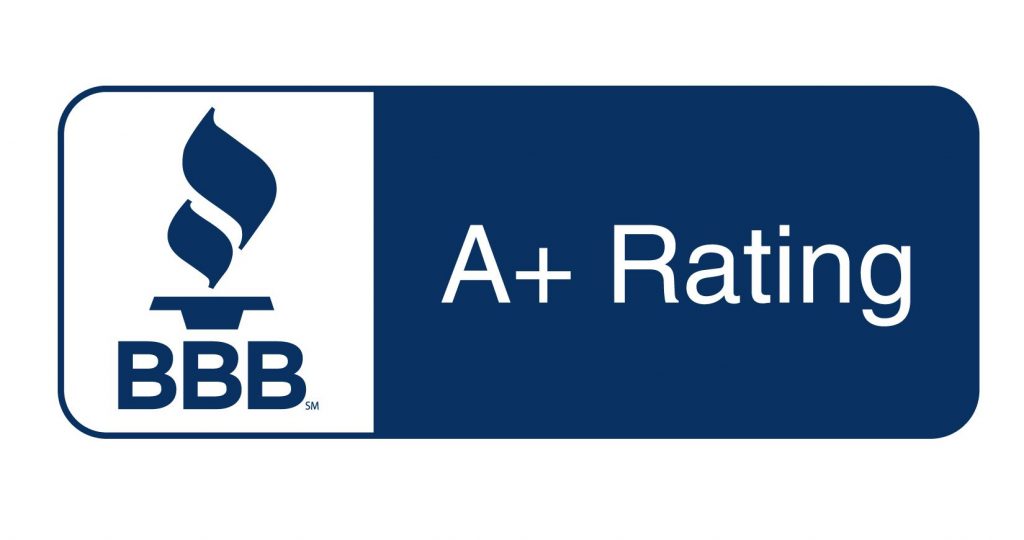Types of Medicare Advantage Plans – We are quickly approaching Medicare’s Annual Enrollment Period, so it’s time to review some important things to consider about Medicare Advantage Plans, otherwise known as Medicare Part C.
One of the most important things to consider is what kind of Medicare Advantage plan will work best for you. Many people don’t realize that there are actually five different kinds of plans!
Health Maintenance Organizations
HMOs are often a popular choice for those considering Medicare Advantage. They offer low monthly premiums and minimal out-of-pocket costs. However, an important factor to remember is that you’ll need to receive care from a contracted provider. Seeing an out-of-network provider will result in no coverage! If this happens, you are responsible for the entire bill. Fortunately, many insurance carriers are offering nationwide reciprocity. That means that if you’re traveling, you can see any provider that accepts your HMO carrier.
You’ll also need to choose a primary care physician who will coordinate all your care, even trips to a specialist. Many carriers are no longer requiring you to have a referral first, but it’s always wise to find out before scheduling an appointment.
Some HMO plans are also adding a Point-of-Service or POS feature. This allows the member to receive out-of-network services and still have coverage. While this is helpful, be sure to understand which parts of your plan offer this. Even if you have an HMO-POS plan, the “POS” portion may only apply to certain services, like dental care.
Preferred Provider Organizations
PPOs are very similar to HMO plans but with some slight variations. Like the other kinds of Part C plans, they still offer low premiums – some as low as $0 per month. However, generally speaking, your deductible and out-of-pocket maximum are usually higher than with an HMO. The advantage of this is that PPO plans allow you to see non-contracted providers. You may pay more for services, but you will have some coverage.
You won’t need to worry about designating one primary care provider, nor will you need specialist referrals. Medicare beneficiaries who’d like a little more freedom in their healthcare choices may benefit from a PPO plan.

Special Needs Plans
SNPs are usually HMO plans, but they’re only offered to certain individuals. There are three kinds of SNPs.
- D-SNP: For beneficiaries who are enrolled in Medicare and Medicaid
- I-SNP: For beneficiaries who live in institutions
- C-SNP: For beneficiaries with certain chronic conditions
Each type of SNP is tailored to the group of individuals it serves. For example, if you have a C-SNP due to diabetes, your plan will include the benefits and coverage you need to maintain your health. You must meet certain eligibility requirements to enroll in one of these plans.
Private Fee-for-Service Plans
PFFS plans work quite a bit differently than the other Medicare Advantage plans. Most do not include a network of providers and facilities but instead, require you to see only those who will accept the payment terms of the plan. As long as the office will bill directly to the plan, the plan will work. However, your provider can choose to stop accepting the plan at any time.
While PFFS plans are good options for those who do not have access to the provider networks found in a PPO or HMO, the out-of-pocket costs can be extensive. Fortunately, like the other Part C plans, there will still be an annual out-of-pocket maximum that your expenses cannot exceed.
Medicare Savings Accounts
MSAs are often a popular choice for beneficiaries who were previously on a high-deductible health plan through their employer and had access to an HSA, a Health Savings Account.
MSA plans have a high-deductible, usually between $5,000 and $8,000. Beneficiaries will need to pay out-of-pocket for all services until they meet their deductible. After that, the plan pays 100% of Medicare-approved services. While that may sound like a high price to pay, these accounts always have a $0 monthly premium and typically include an annual deposit into a special bank account. Funds can be used to help pay the deductible or can be saved and rolled over to the following year. Each year the plan renews, an additional deposit is made.
Most MSA plans do not include prescription drug coverage, nor do they offer benefits outside of what is found in Original Medicare (Parts A and B). Because of this, you’ll likely need to choose a separate Part D prescription drug plan and may also want to enroll in other ancillary products.
Remember, every Medicare Advantage plan is different. After you’ve decided which kind will work best for you, compare the benefits from multiple carriers. These plans are often loaded with bells and whistles, so make sure you know how to get the most from your plan! If you’d like help choosing a Part C plan, speak with one of our licensed insurance agents today.





